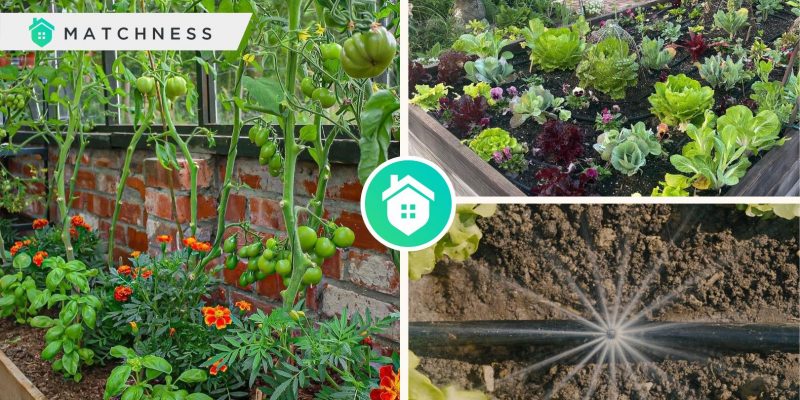Vegetable gardening is a rewarding and enjoyable hobby that offers numerous benefits, from providing fresh produce to promoting physical and mental well-being. Whether you have a large backyard or a small balcony, you can cultivate a thriving vegetable garden with some planning and effort.

Benefits of Vegetable Gardening
1. Fresh, Nutritious Produce: Growing your own vegetables ensures access to fresh, organic produce free from pesticides and preservatives. Home-grown vegetables often taste better and are more nutritious than store-bought ones.
2. Cost Savings: While there is an initial investment in seeds, soil, and tools, growing your own vegetables can save money in the long run, especially for frequently used items like tomatoes, lettuce, and herbs.
3. Physical Exercise: Gardening is a great form of physical activity that involves various types of movement, such as digging, planting, weeding, and watering, which can improve your physical health.
4. Mental Well-being: Spending time outdoors and engaging with nature can reduce stress, improve mood, and increase overall mental well-being. Gardening provides a sense of accomplishment and connection to nature.
5. Environmental Benefits: By growing your own food, you reduce the carbon footprint associated with transporting produce from farms to stores. Additionally, home gardens support biodiversity and can create habitats for beneficial insects and birds.
Getting Started
Choose the Right Location
Select a spot that receives at least 6-8 hours of sunlight per day. Good drainage is essential, so avoid areas where water tends to pool.

Here, the vegetable garden is created raised bed. The sunlight that exposes the planting area is enough. There will be also shadows from the trees to cover the garden area at certain hours so that the garden won’t get too much sunlight. Vegetable Garden Location from @elizabethdemos
Plan Your Garden Layout
Decide which vegetables you want to grow and how much space each plant needs. Companion planting, where certain plants are grown together for mutual benefits, can maximize space and productivity.
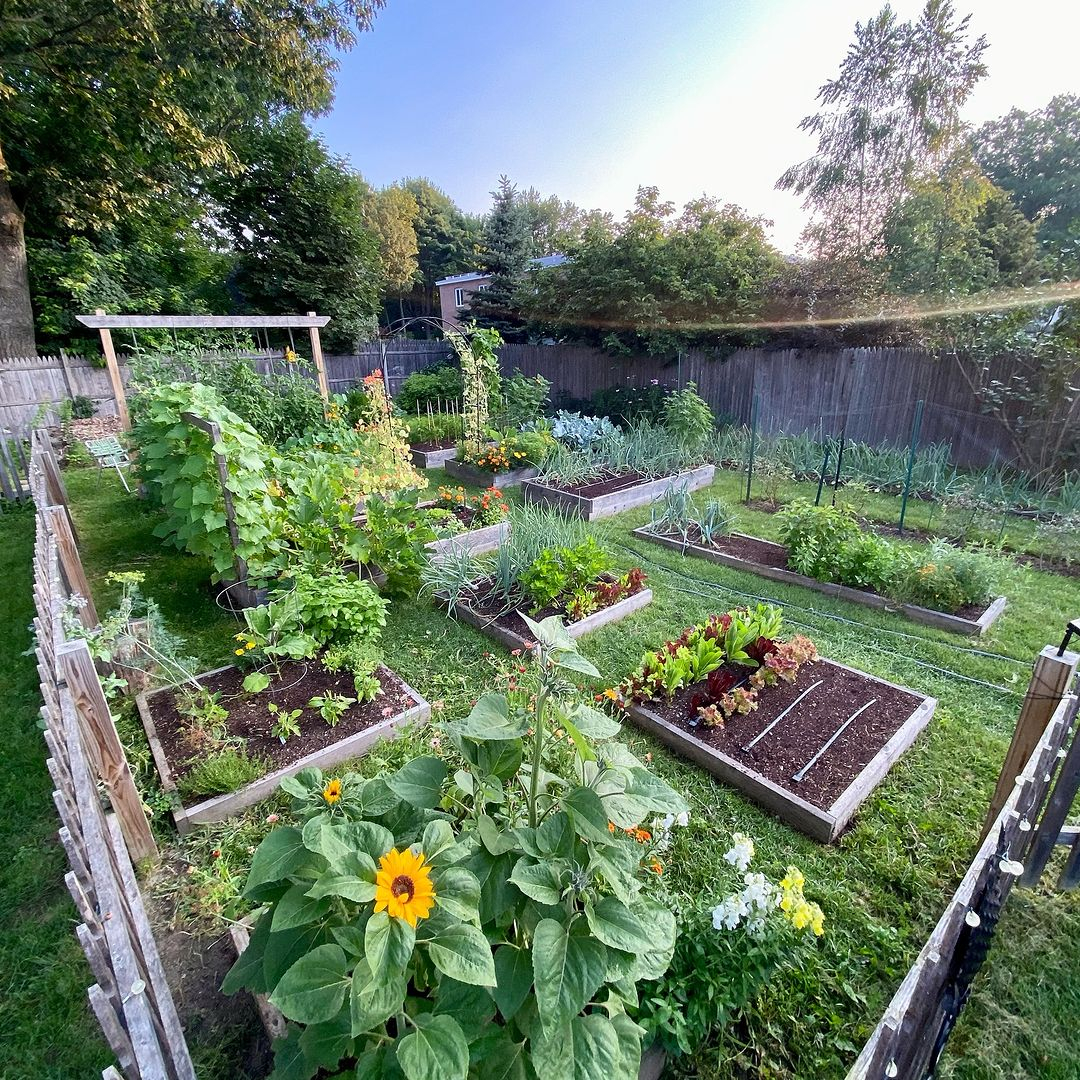
This garden has some beds that are used to grow different types of vegetables. This garden also grows some pest maintenance plants such as basil and marigold. Garden Layout from @freshfoodgardens
Prepare the Soil
Healthy soil is crucial for a successful garden. Test your soil’s pH and nutrient levels, and amend it with compost or organic matter to improve fertility and structure.
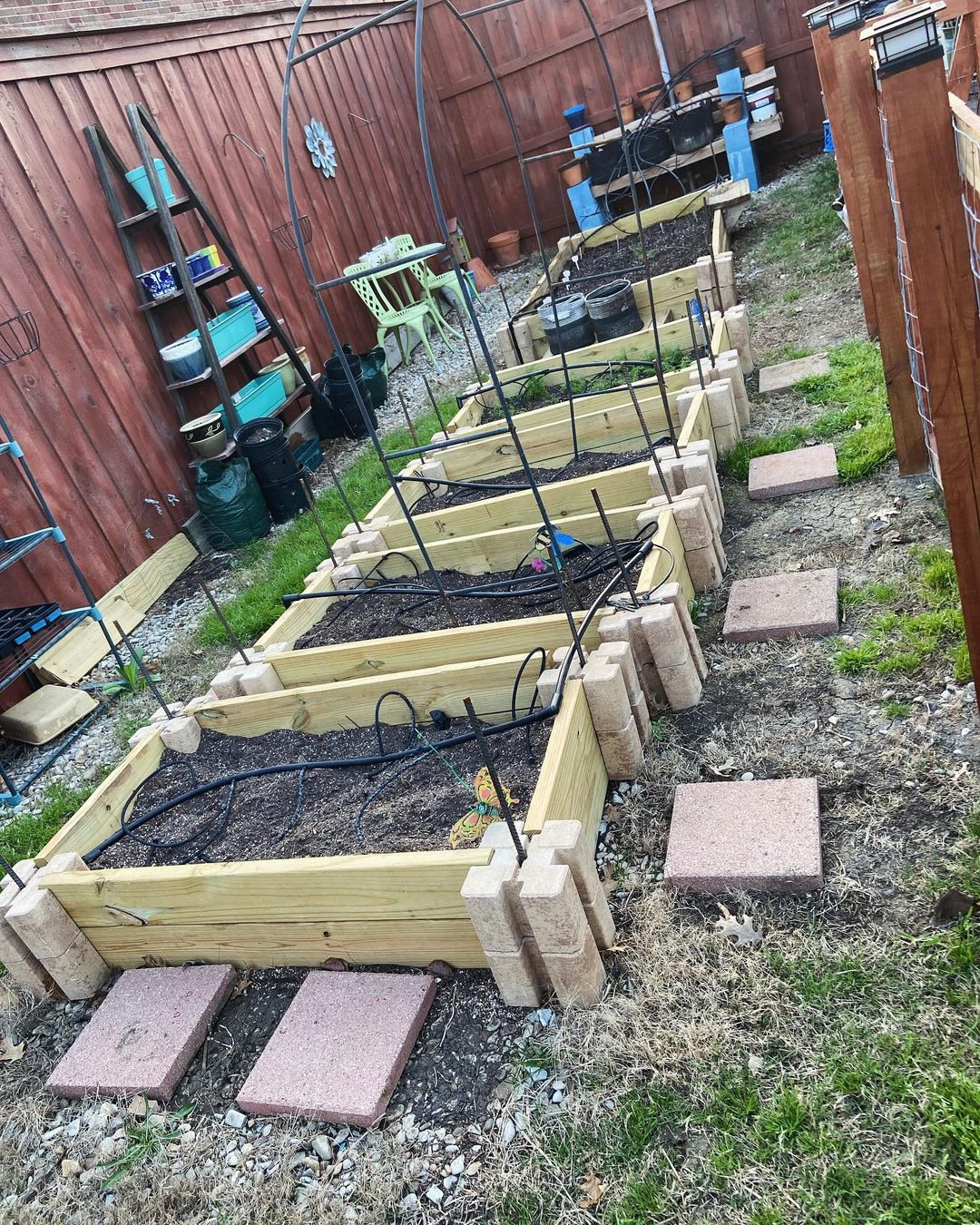
Each of these beds has a good preparation before the vegetable is planted. You can see here that the bed has a chosen soil. Then, there is also a trellis for the vines. The pipes for the watering system are also prepared. Garden Soil from @sasprigs
Select Your Plants
Choose vegetables that are suited to your climate and growing season. Start with easy-to-grow varieties like tomatoes, peppers, lettuce, and beans if you’re a beginner.
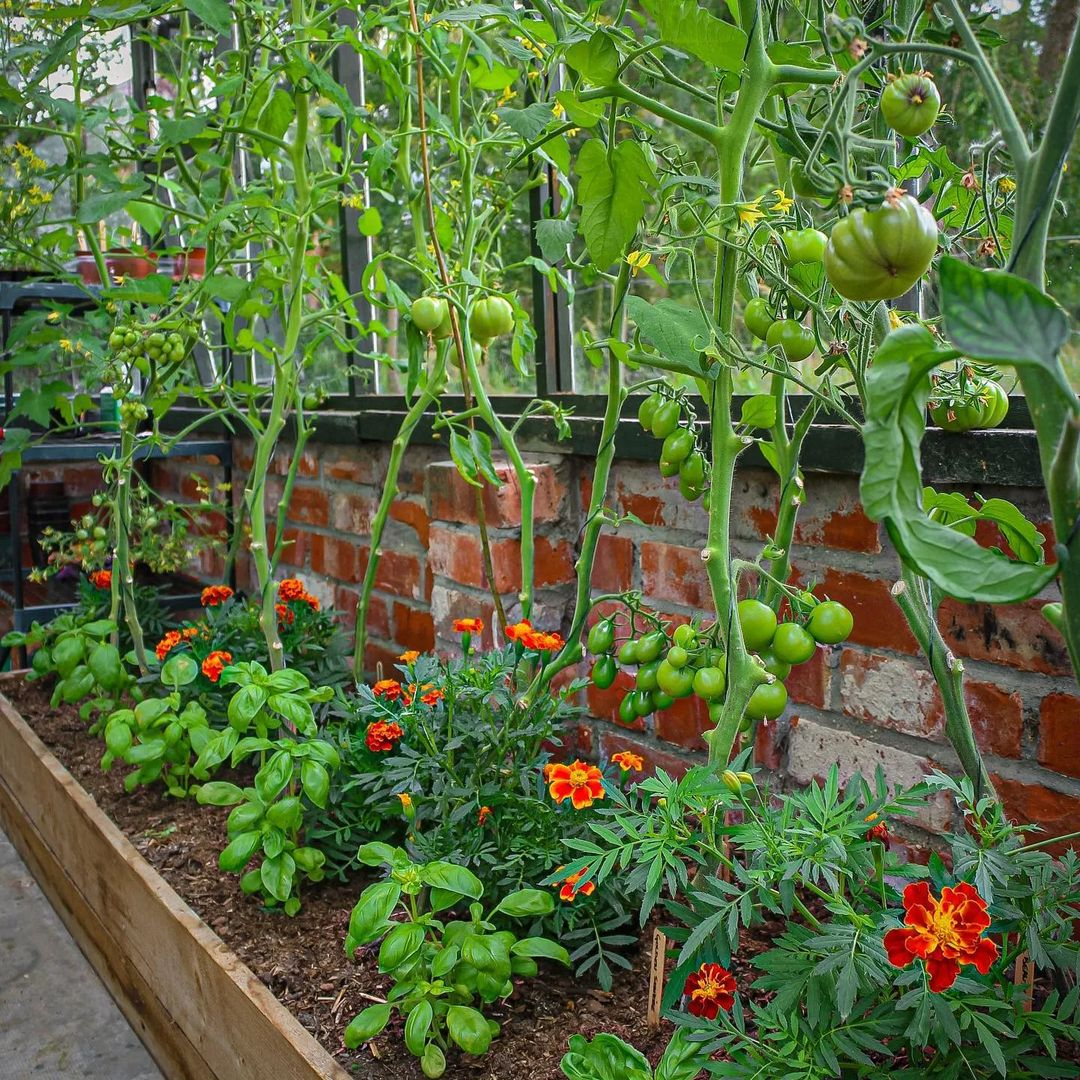
Tomatoes are an easy-to-grow vegetable. It also has many variations and functions for your daily consumption. You can make salad, sauce, or simply eat is as a fruit. Vegetable Plants from @green.garden.ideas
Planting and Maintenance
Follow the planting instructions for each type of vegetable regarding depth and spacing. Regularly water your plants, keep an eye out for pests and diseases, and weed your garden to ensure healthy growth.
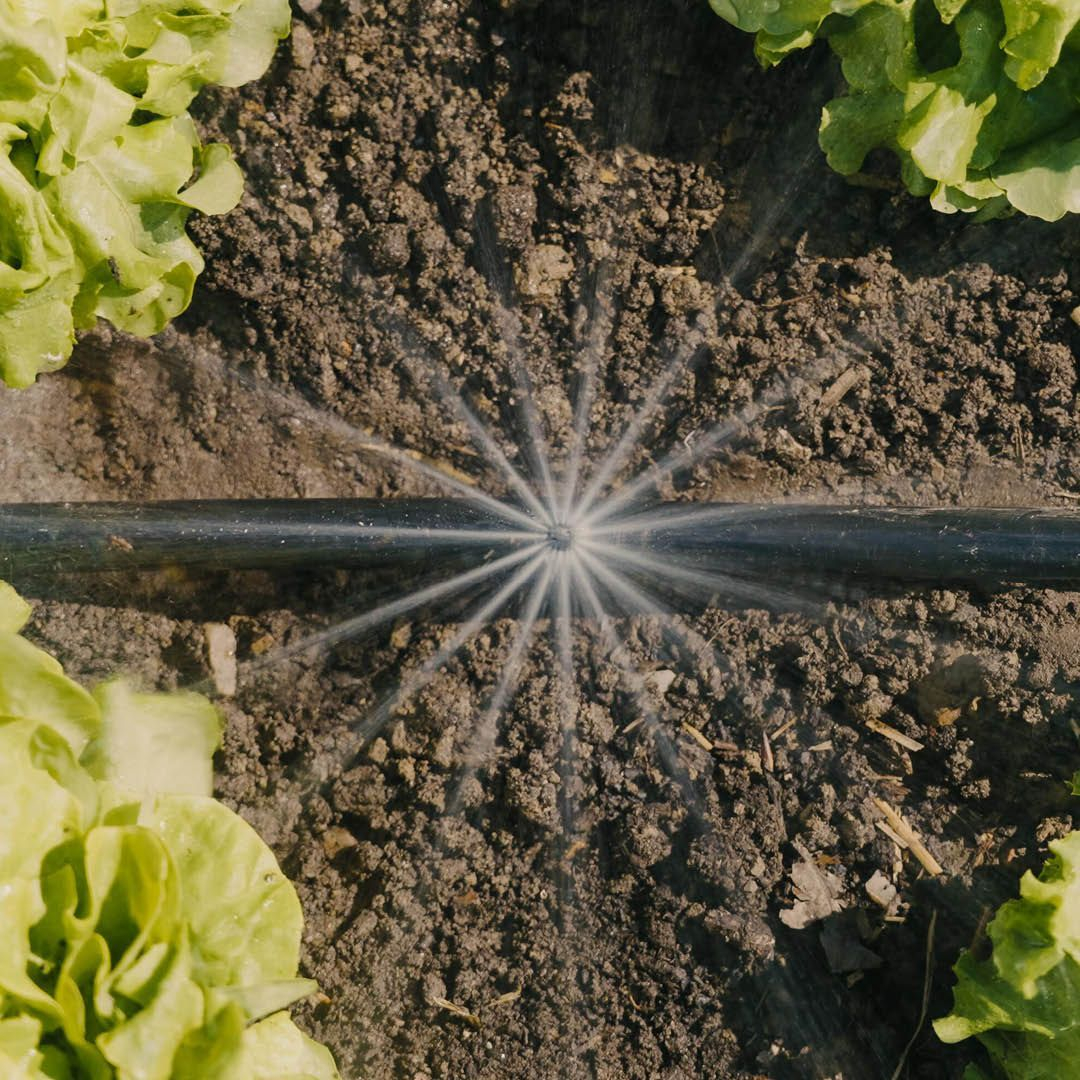
The first thing that you should consider in maintaining your vegetable garden is watering. This kind of watering tool can be a great way for you to deal with the process in case you are too busy to do it. Garden Maintenance from @gardena.india
Essential Gardening Tools
- Gloves: Protect your hands from dirt, thorns, and blisters.
- Trowel: Ideal for digging small holes and transplanting seedlings.
- Pruners: Useful for trimming and harvesting.
- Garden Fork: Helps in turning soil and breaking up clumps.
- Watering Can/Hose: Ensures your plants receive adequate moisture.
Common Challenges and Solutions
1. Pests
Use natural pest control methods such as introducing beneficial insects, using neem oil, or planting pest-repellent herbs like basil and marigold.
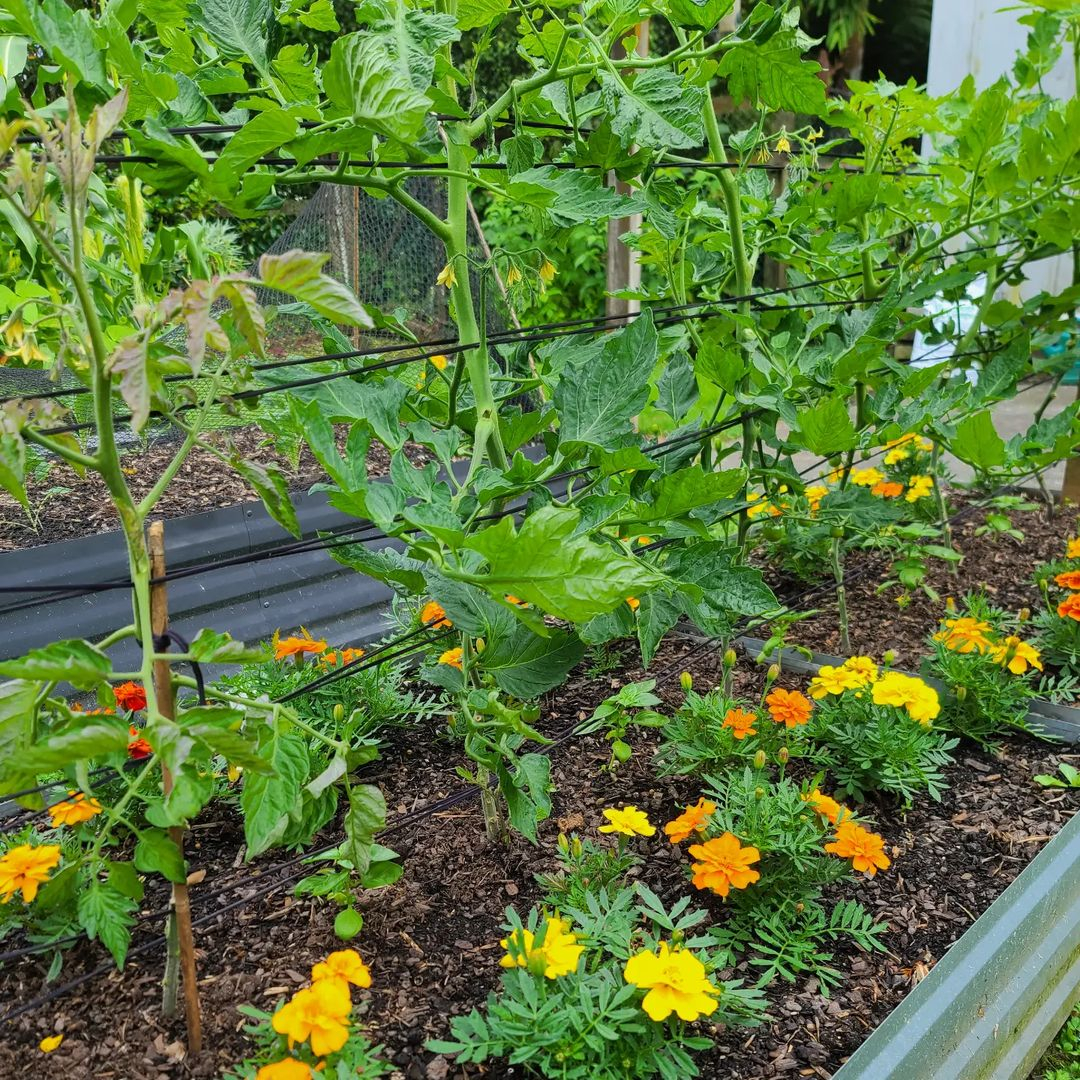
Having the marigold for pest control is such a great idea. You can see here how pretty the flowers of the marigold are. The colors are even varied. With the marigold, you can get the double functions. Pest Maintenance from @greenvalleygardening
2. Diseases
Prevent diseases by ensuring proper spacing for air circulation, watering at the base of plants to avoid wet foliage, and removing affected plants promptly.

The plants here are arranged in such a great distance. All are set well. There is not too much space or less space. In creating the space you can consider the size of the plants that might grow. Disease Garden Maintenance from @rootedinthyme
3. Weather Extremes
Protect your garden from extreme weather by using mulch to retain soil moisture, providing shade during intense heat, and covering plants during unexpected frost.
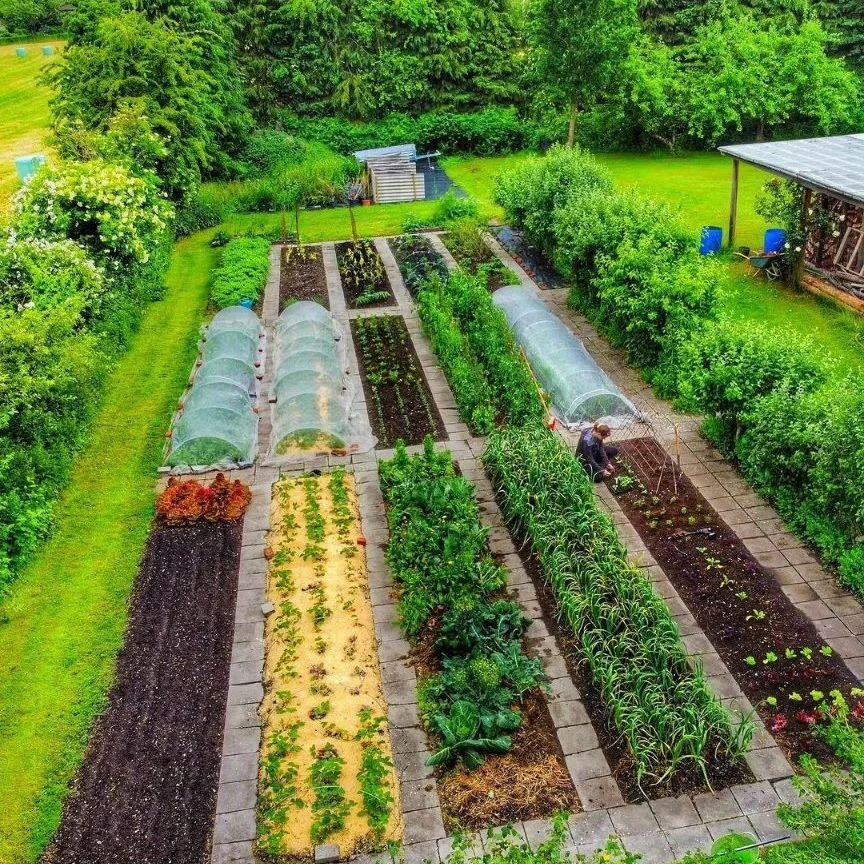
Look at this vegetable garden, there are some spots that are covered. The covering is functional to protect the plants from bad weather. You can also use it to protect the plants from the pest. Weather Prevention from @gardening__greener
Harvesting and Enjoying Your Produce
Harvest vegetables at their peak ripeness for the best flavor and nutritional value. Regular harvesting also encourages more production. Enjoy your home-grown produce fresh, or preserve it by canning, freezing, or drying to enjoy your garden’s bounty year-round.
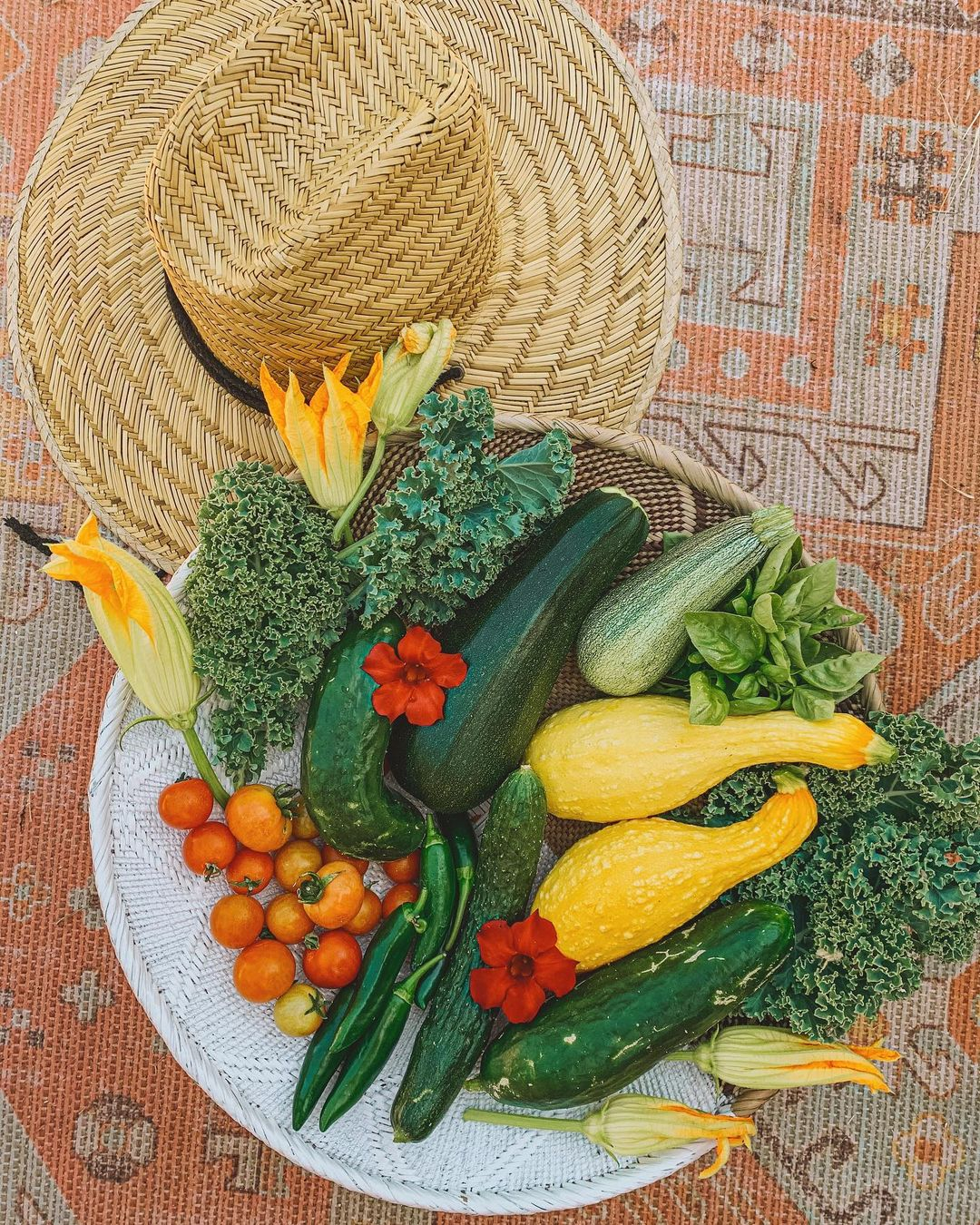
Look at how satisfying to see the harvest product that you grow yourself. It will be also healthy in case you use no chemical products. Don’t wait too long and start your own vegetable garden! Harvesting from @carrierad


